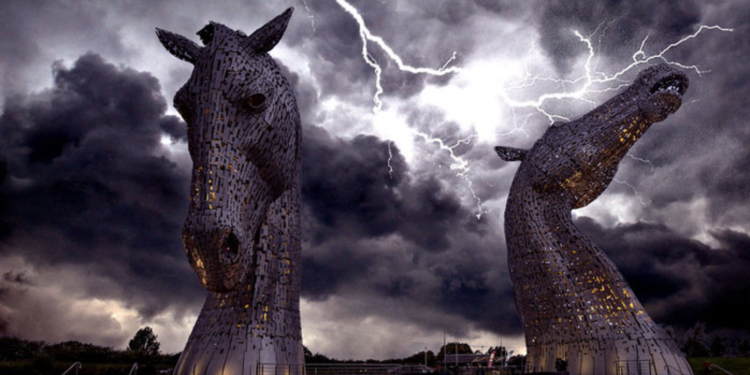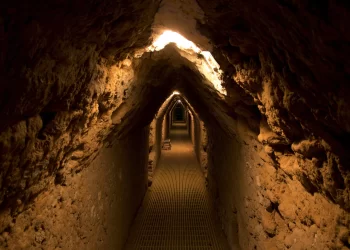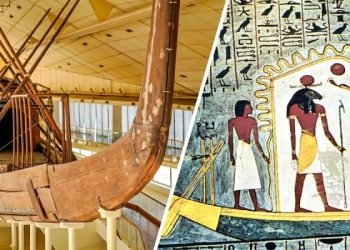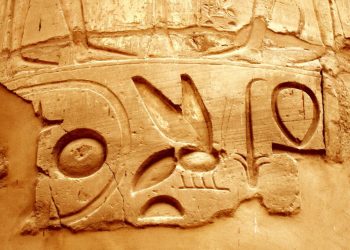Unveil the fascinating story behind the world’s largest equine sculptures, The Kelpies, and immerse yourself in the captivating legends of these mysterious creatures. Explore their connection to Scotland’s industrial past and the intriguing folklore surrounding them.
The Kelpies: A Testament to Scotland’s Horse-Powered Past
Falkirk, Scotland, is home to The Kelpies, towering 30-meter high horse-head sculptures unveiled in April 2014. Positioned in Helix Park near the M9 Motorway, they serve as a monumental tribute to Scotland’s horse-powered industrial heritage.
Standing 30 meters (100ft) tall and weighing over 300 tonnes each, The Kelpies are an extraordinary combination of engineering and artistic innovation. Conceived by artist Andy Scott, the sculptures are modeled after real-life Clydesdale horses, Duke and Baron, signifying the significant role of these heavy horses in shaping Falkirk’s industrial landscape.
In Scottish folklore, kelpies are shape-shifting aquatic spirits that dwell in rivers and streams. The term possibly originates from the Scottish Gaelic words ‘cailpeach’ or ‘colpach,’ meaning heifer or colt.
Beware the Malevolent Kelpies
These enigmatic beings are known for their sinister intentions. Kelpies may appear as a tame pony to lure children, only to trap them with their magical hide before dragging them to a watery grave. They can also assume human forms, such as a beautiful woman or a hairy, menacing figure, to attract and annihilate their victims.
Kelpies are believed to possess the ability to summon floods, and the sound of their tail entering the water is said to resemble thunder. However, obtaining a kelpie’s bridle grants control over the creature, whose extraordinary strength and stamina are highly prized.
Kelpies in Scottish Literature and Folklore
The kelpie is mentioned in Robert Burns’ poem, “Address to the Deil.” A common Scottish folk tale narrates the story of a kelpie luring nine children to their doom while a tenth child narrowly escapes by cutting off his stuck finger. Similar tales of water horses can be found in Orkney, Shetland, the Isle of Man, and Wales, with variations like the nuggle, shoopiltee, Cabbyl-ushtey, Ceffyl Dŵr, and the Each-uisge.
Meta Description: Delve into the fascinating story of The Kelpies, the world’s largest equine sculptures, and discover the captivating legends and myths of the enigmatic shape-shifting spirits that inspired these awe-inspiring creations in Falkirk, Scotland.











